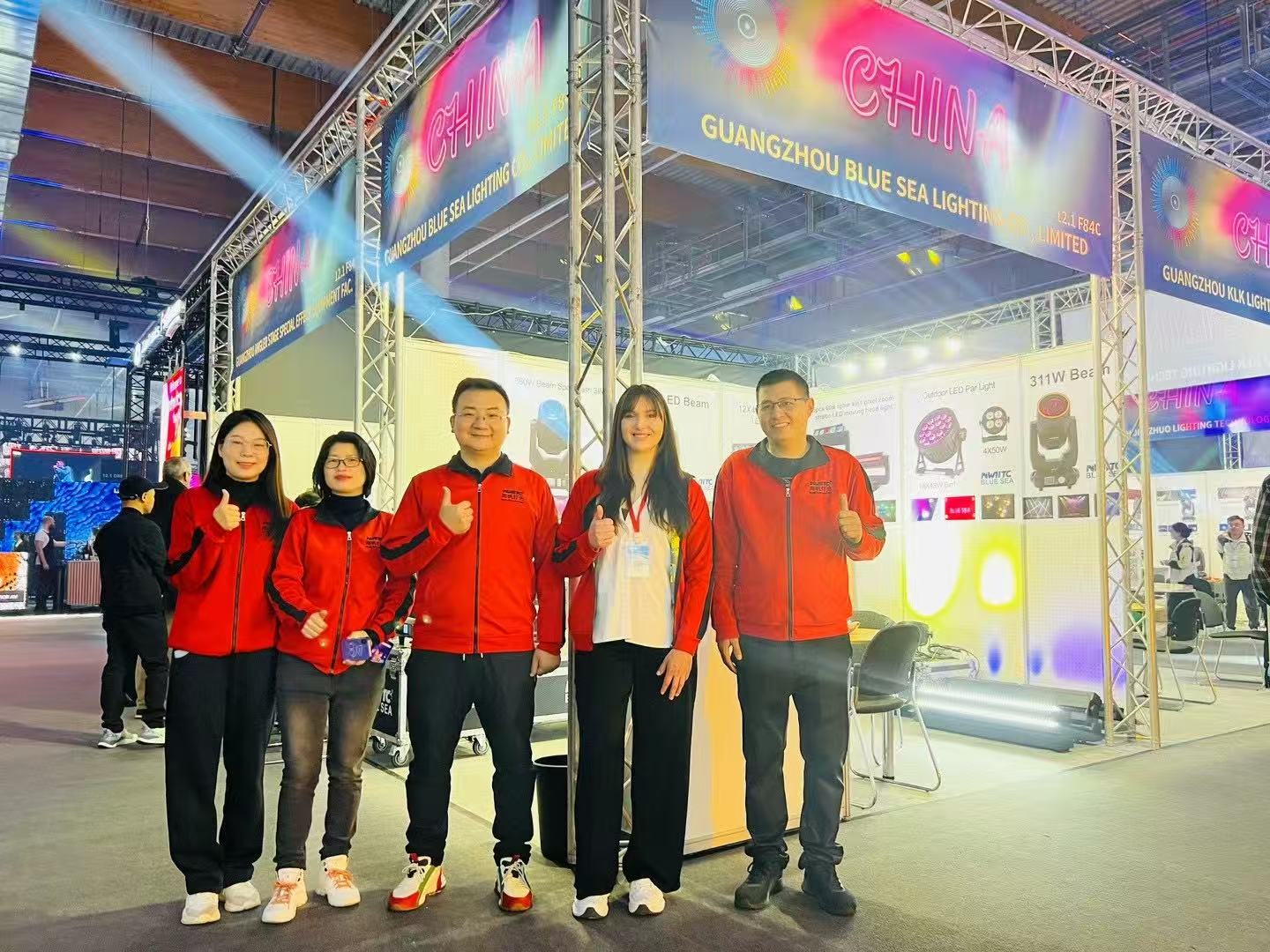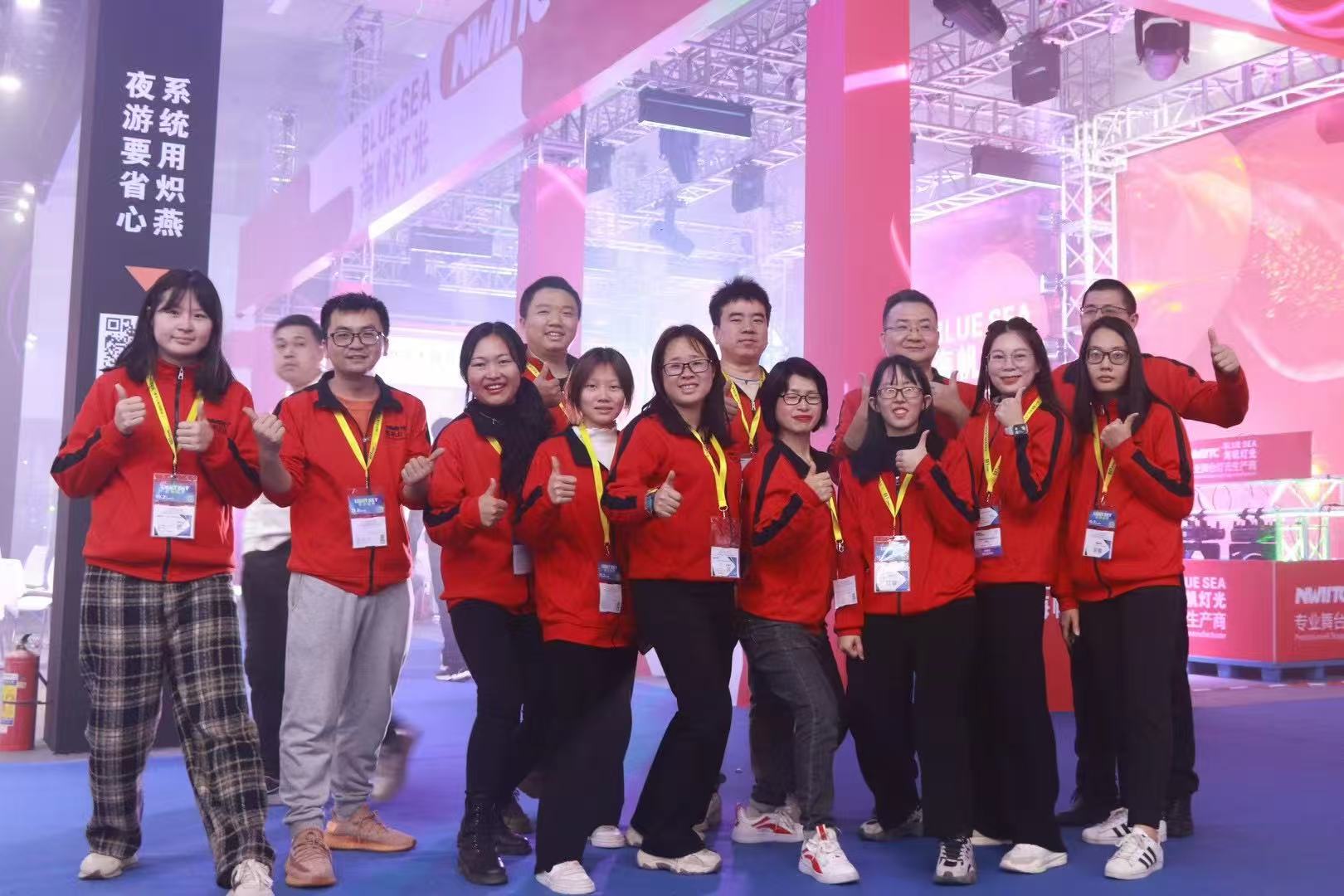For manufacturers serious about international growth, distributor management is brand management.
In today's competitive manufacturing landscape, partnering with the right distributors can significantly enhance your brand visibility, reputation, and market reach. While production and product quality remain vital, a well-crafted distribution strategy is often the bridge between unknown and unforgettable. For manufacturers in specialized industries like stage lighting, audio equipment, or electronics, choosing the right distribution partners is not just about sales—it’s a core part of long-term brand growth.
1.Why Distributor Partnerships Matter for Brand Growth
Distributors are more than logistical intermediaries. They are your brand’s ambassadors in local markets. A strong distributor:
Advocates for your brand in conversations you can’t be part of
Provides frontline feedback from clients
Creates localized marketing strategies
Offers credibility in unfamiliar territories
Manages relationship-building in industries where trust sells more than specs
When manufacturers fail to treat distributors as strategic partners, they miss out on branding leverage at the point of customer decision-making.
2.Five Traits to Look for in Ideal Distribution Partners
Not all distributors are created equal. Before entering into a partnership, manufacturers should evaluate potential distributors based on the following:
1. Market Expertise
The distributor should deeply understand the market segment you’re targeting. For stage lighting, for instance, that means knowledge of rental, performance venues, architectural installation, and technical buyer expectations.
2. Sales and Support Infrastructure
A good distributor has an active sales team, technical support staff, and after-sales service systems. These are the people who represent your brand in person and online.
3. Brand Alignment
Look for distributors whose values and branding align with your own. If you’re positioning your products as high-end, don’t choose a discount-first distributor. Misalignment weakens perception.
4. Marketing Capability
Choose partners who actively participate in trade shows, invest in advertising, and maintain updated websites or catalogs. Brand visibility depends on their outreach efforts.
5. Track Record and Reputation
Request references. Analyze how they’ve handled brands similar to yours. Do they grow them—or dilute them?
3.Building Brand Recognition Through Distributor Collaboration
Once you’ve selected a partner, the next phase is proactive collaboration. Here are several effective strategies for co-building brand recognition:
• Joint Marketing Campaigns
Launch co-branded digital and print campaigns. Share social media content, organize webinars, and support their advertising with creative materials.
• Localized Product Launches
Adapt product messaging and visuals to local preferences. Let distributors take the lead on announcements while aligning with your core branding.
• Distributor Education
Train your distributor teams not just on product features but on brand voice, tone, and customer experience philosophy. A misaligned distributor can damage your brand’s image through inconsistent messaging.
• Branded Showrooms or Display Areas
Provide support for physical or virtual showrooms where your brand is highlighted prominently, enhancing visual consistency and customer recall.
• Use Events to Your Advantage
Encourage distributors to represent your brand in regional exhibitions, product demos, and training tours. Provide them with booths, banners, and brand storytelling kits.

4.Ensuring Brand Consistency Across Markets
When working across multiple regions, maintaining brand consistency becomes a core challenge. To address it:
Create a centralized brand asset library (logos, typefaces, tone guidelines, product photos)
Develop distributor branding manuals
Audit their use of your materials quarterly
Create templates for social media and email marketing
Set clear KPIs for both sales and brand compliance
Consistency breeds trust. If one distributor’s messaging is modern and engaging while another uses dated graphics and inaccurate specs, it fractures brand credibility.

5.Common Pitfalls and How to Avoid Them
Here are the most frequent mistakes manufacturers make when working with distributors—and how to address them:
| Mistake | How to Avoid or Fix It |
|---|---|
| Signing without research | Conduct deep due diligence and test small orders first |
| Focusing only on pricing | Evaluate long-term brand potential and growth capabilities |
| Lack of communication | Set monthly sync calls and shared calendars |
| No shared vision or goals | Co-develop an annual business/branding plan |
| Letting distributors market independently | Provide branded assets, content calendars, and usage training |
6.Use Case: Branding Through Local Trust
In many markets, especially overseas, buyers often trust the distributor more than the manufacturer. This is where your branding strategy must be designed to flow through them, not bypass them.
For example, if you're entering the South American market, and your distributor attends five industry expos per year, speaks the native language, and maintains an email list of 10,000 industry contacts—they can represent your brand far more effectively than any direct outreach from HQ.
Equip them to become your regional brand champion.
READ MORE:





Blue Sea Lighting is an enterprise with rich experience in the integration of industry and trade in stage lighting and stage special effects related equipment. Its products include moving head lights, par lights, wall washer lights, logo gobo projector lights, power distributor, stage effects such as electronic fireworks machines, snow machines, smoke bubble machines, and related accessories such as light clamps.
Quick Links
For more questions subscribe to our email








